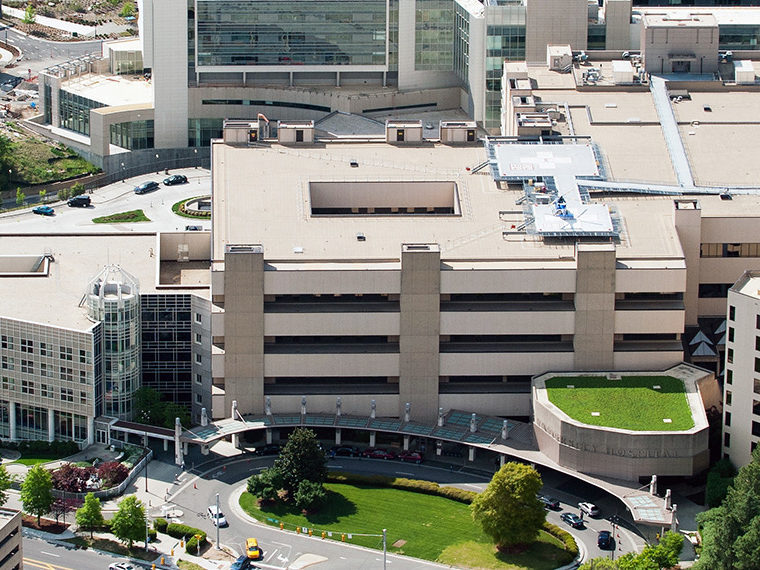Following Medicare reimbursement rate changes, research actually increased
The Balanced Budget Act of 1997 included large cuts to Medicare, in ways that hit academic medical centers particularly hard. Lower reimbursement rates for patient care at teaching hospitals meant less money for their researchers, who are uniquely equipped to combine insights from the laboratory and patient care to develop medical breakthroughs. Thinner profit margins on the care side, academic center leaders implied, would mean fewer advances in treatments for cancer, diabetes and many other diseases the world hopes to eradicate.
But analysis in a working paper suggests the budget cuts had the opposite effect at these centers, each of which includes a medical school, a teaching hospital and research labs. Research activity, instead of declining, increased by 10% on average and by 20% at institutions that lost the most revenue from the changes, according to the findings by MIT’s Pierre Azoulay, the U.S. Census Bureau’s Misty Heggeness and UCLA Anderson’s Jennifer Kao.
The finding was surprising, Kao says in an interview. Although federal grants and contracts with pharmaceutical companies pay most of the bills for research at academic medical centers, fees from their teaching hospitals also subsidize research budgets, according to center leaders. The Balanced Budget Act of 1997 reduced both reimbursements for patient care and additional subsidies the hospitals collected for training doctors.
Opt In to the Review Monthly Email Update.
“Contrary to what a lot of people in these academic medical centers tell us, cuts to reimbursements don’t lead to a decrease in research,” Kao says. “They actually lead to an increase in research.”
Translational research — studies that bridge the gap between science and treatments — increased most, according to the findings. Clinical studies, such as drug trials, also rose.
The overall level of basic research was unchanged. (Basic or “bench” research, such as studies in understanding how certain cells and molecules work, provides the building blocks necessary for translational studies.) While basic research does not typically require hospital resources, translational studies are difficult to conduct outside of academic medical centers.
The budget cuts led the centers to seek, and to obtain, more funding from NIH grants, the study finds. Oftentimes, they hired experienced researchers from other institutions who brought NIH funded projects with them, the study finds.
The study found no evidence that patient care suffered from the greater focus on research. Survival rates for several common serious conditions were unchanged after reduced reimbursements.
The quality of research also remained stable. Relying on the number of other researchers who cite studies coming out of the academic centers, which is a measure of impact, the authors find the changes increased both low and high impact projects.
The study assembled all grant applications, funded grants, research publications and patient outcomes for academic medical centers between 1992 and 2007.
The findings add data to an ongoing debate over Medicare supplements that academic medical centers receive beyond those all hospitals collect. The extra fees are meant, in part, to help support the centers’ physician training and research missions, as well as patient care.
“The fact that the bottom did not fall out of translational research in the wake of the BBA, contrary to the dire pronouncements of academic medical leaders, should lead us to regard with more skepticism self-interested claims that these subsidies must continue lest the delicate fabric of the biomedical research funding ecosystem gets torn apart,” the study authors wrote.
Featured Faculty
-
Jennifer Kao
Assistant Professor of Strategy
About the Research
Azoulay, P., Heggeness, M.L. and Kao, J.L. (October 2020) Medical Research and Health Care Finance: Evidence From Academic Medical Centers.






